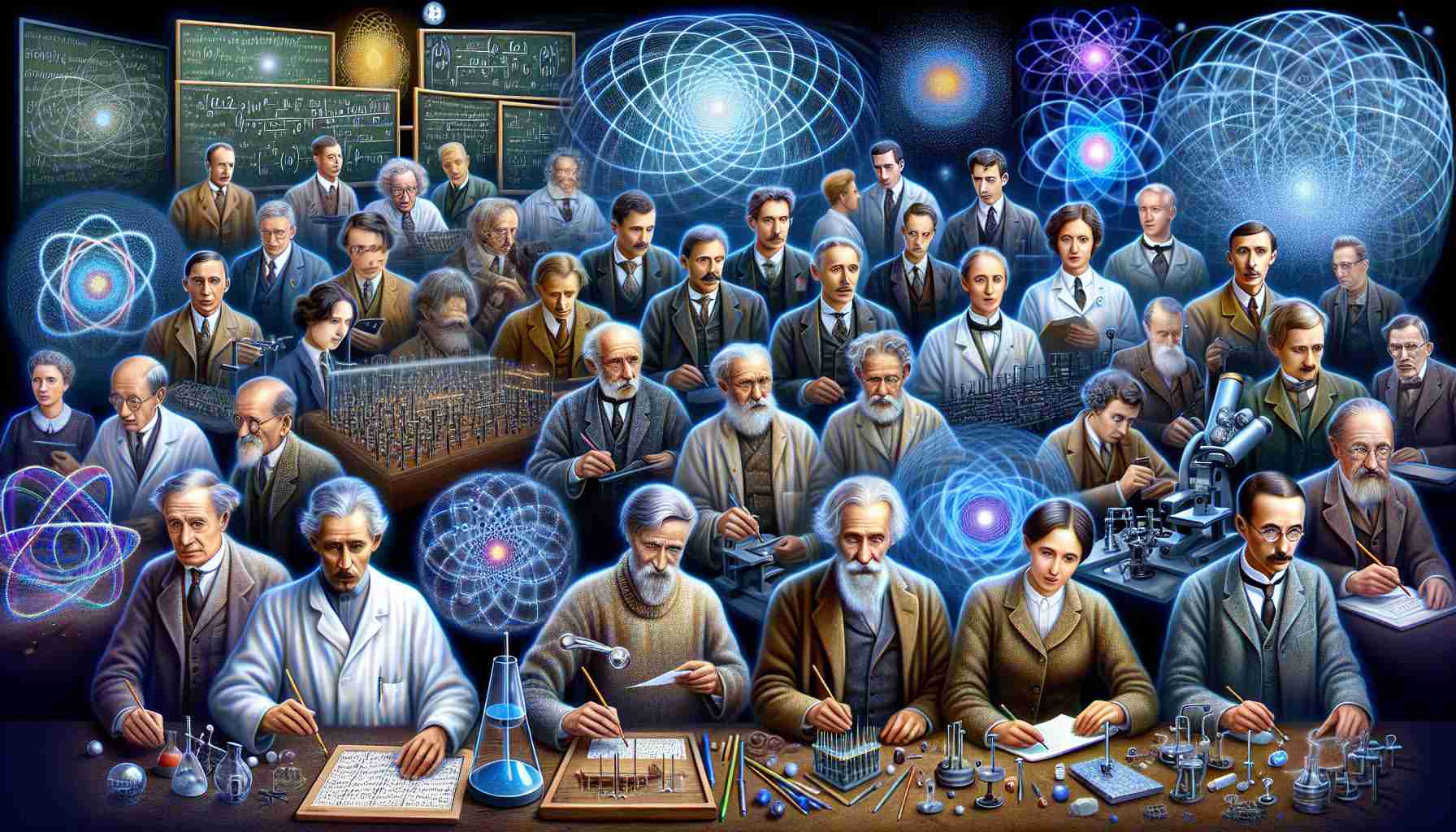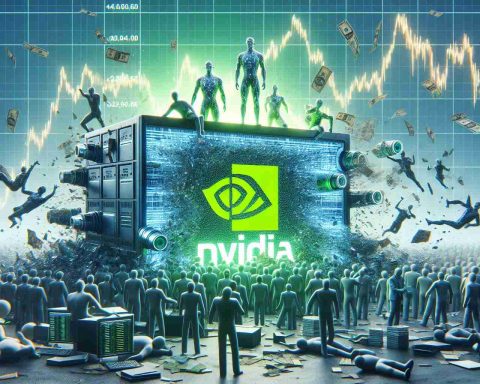- The International Year of Quantum Science and Technology is set for 2025, recognizing significant contributions to the field.
- Niels Bohr’s atomic model remains foundational for understanding qubits and quantum mechanics.
- Charles H. Townes’ invention of the laser has revolutionized photonics, critical for quantum applications.
- Erwin Hahn’s spin echo technique is crucial for maintaining quantum coherence in devices.
- Hermann Weyl’s concepts from gauge theory are essential for improving quantum error correction.
- John Stewart Bell’s theorem on quantum entanglement has implications for secure communications.
- Peter Shor’s algorithm demonstrates potential solutions for previously unsolvable complex problems.
As the United Nations designates 2025 as the International Year of Quantum Science and Technology, we take a moment to spotlight the luminaries who have propelled this groundbreaking field over the past century. Their innovations play a pivotal role in techniques that underpin quantum computing, communications, and sensing.
At the heart of quantum development is Niels Bohr, whose revolutionary atomic model continues to illuminate our understanding of qubits. His philosophical insights laid the groundwork for the principles of quantum mechanics that drive today’s technological advancements.
Next, we honor Charles H. Townes, the mastermind behind the laser, a game-changing invention that has powered the photonics revolution. Lasers are now the backbone of error correction and signal processing in countless quantum applications.
Erwin Hahn transformed our grasp of quantum coherence with his spin echo technique, a breakthrough that is essential for maintaining quantum states and enhancing the performance of quantum devices.
Building on mathematical foundations, Hermann Weyl contributed vital concepts from gauge theory that are integral to quantum error correction, thus fortifying the reliability of quantum systems.
John Stewart Bell introduced his famous theorem, proving that quantum entanglement transcends classical limitations, paving the way for ultra-secure quantum cryptography and innovative computing protocols.
Finally, we cannot forget Peter Shor, whose groundbreaking algorithm has ignited excitement for solving complex problems that were previously thought insurmountable.
Key takeaway: The convergence of quantum theory and practical applications not only highlights our scientific heritage but also sets the stage for monumental future breakthroughs! Embrace the quantum revolution as we celebrate the heroes who built the bridge to a new technological frontier!
Unlocking the Future: The Quantum Revolution and Its Pioneers
As the United Nations designates 2025 as the International Year of Quantum Science and Technology, it is essential to recognize the contributions of key figures in the development of this transformative field. Their innovations have laid the foundation for modern techniques in quantum computing, communications, and sensing.
Notable Contributors to Quantum Science
1. Niels Bohr: A pioneer whose atomic model remains crucial for our understanding of qubits. His philosophical insights are fundamental to the principles of quantum mechanics that serve as the backbone of today’s technology.
2. Charles H. Townes: The inventor of the laser. His work initiated the photonics revolution, which is critical for error correction and signal processing in multiple quantum applications.
3. Erwin Hahn: Known for his spin echo technique, he enhanced our understanding of quantum coherence, directly impacting the stability and performance of quantum devices.
4. Hermann Weyl: Contributed concepts from gauge theory that play a crucial role in quantum error correction, improving the reliability of various quantum systems.
5. John Stewart Bell: His renowned theorem demonstrated that quantum entanglement surpasses classical limitations, contributing significantly to the fields of quantum cryptography and advanced computing protocols.
6. Peter Shor: He developed an algorithm that revolutionized the potential of quantum computing, enabling the efficient solution of complex problems previously deemed impossible.
Additional Insights
# Market Forecasts
The global quantum computing market is expected to grow significantly, with projections estimating it to reach $65 billion by 2030. The key drivers include increased investment in technology and demand for advanced computing capabilities.
# Sustainability Aspects
Quantum technologies offer potential benefits in sustainability efforts, such as optimizing resource use and minimizing energy consumption in computing processes.
# Innovations
Recent innovations in quantum technology include advancements in quantum networking and the development of quantum sensors, which promise higher accuracy in measurements and improved capabilities in various industries.
FAQs
1. What are the main applications of quantum technology?
Quantum technology has diverse applications, including quantum computing, secure communication (quantum cryptography), highly precise measurements (quantum sensing), and drug discovery.
2. How does quantum computing differ from classical computing?
Quantum computing utilizes qubits that can exist in multiple states simultaneously, allowing for exponential increases in processing power and the ability to solve complex problems much faster than classical computers.
3. What is the significance of quantum entanglement?
Quantum entanglement refers to a phenomenon where two particles become interconnected in such a way that the state of one instantly influences the state of another, regardless of distance. This property is fundamental for applications like quantum cryptography and teleportation.
For more insights into quantum science and technology, visit Quantum.com.













